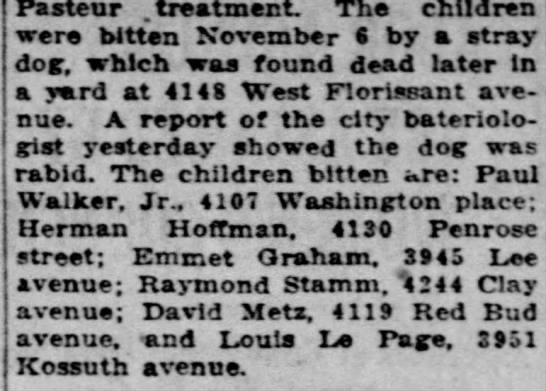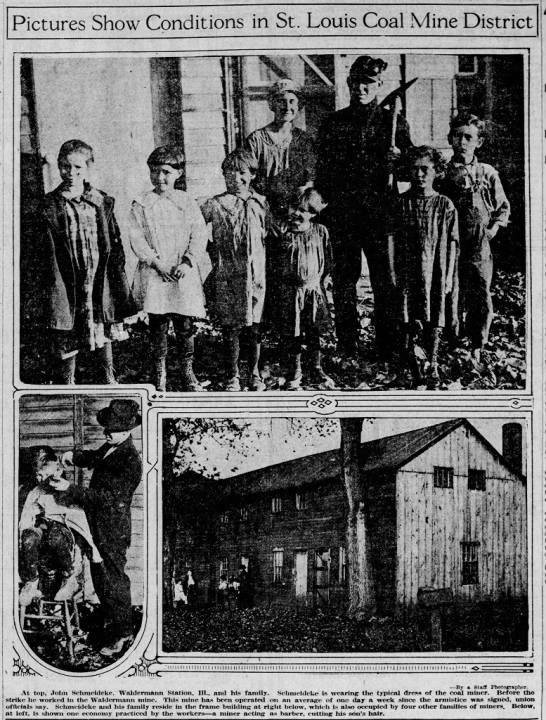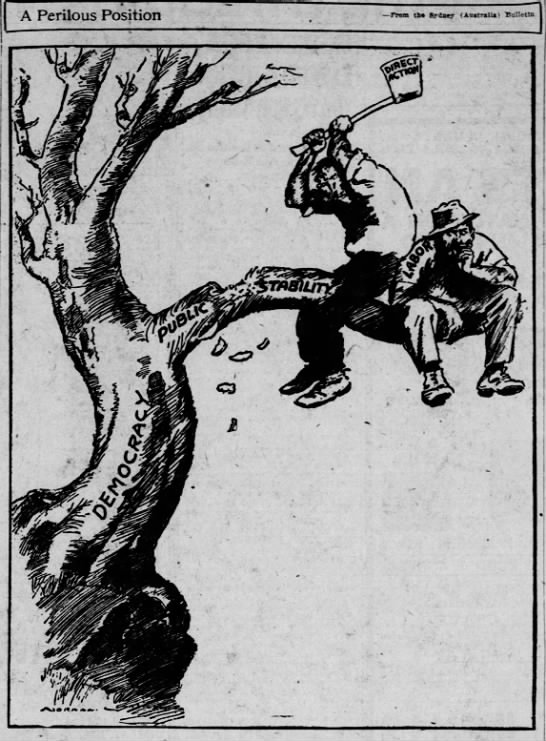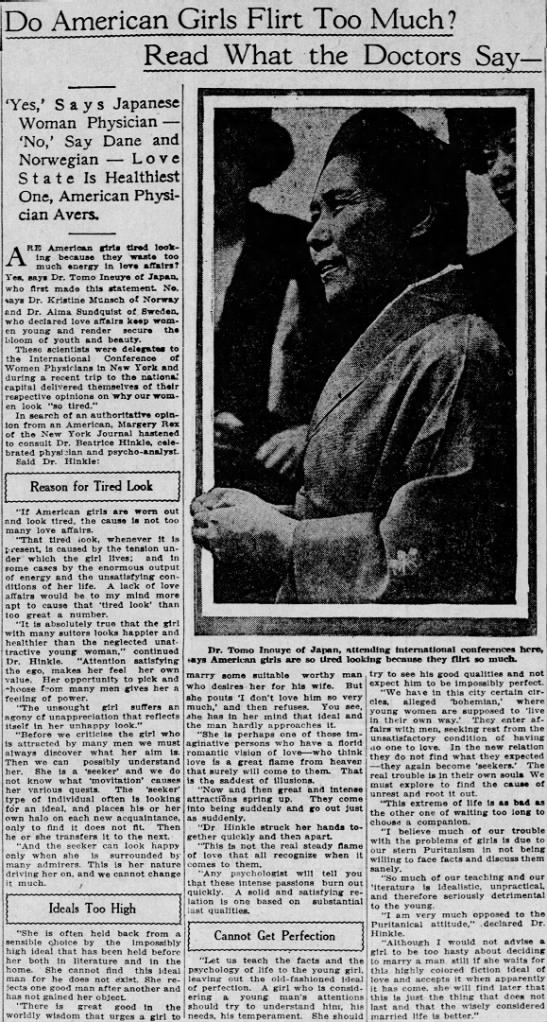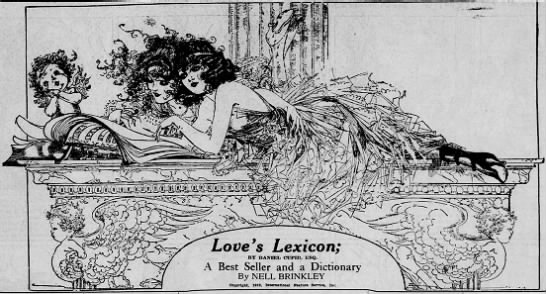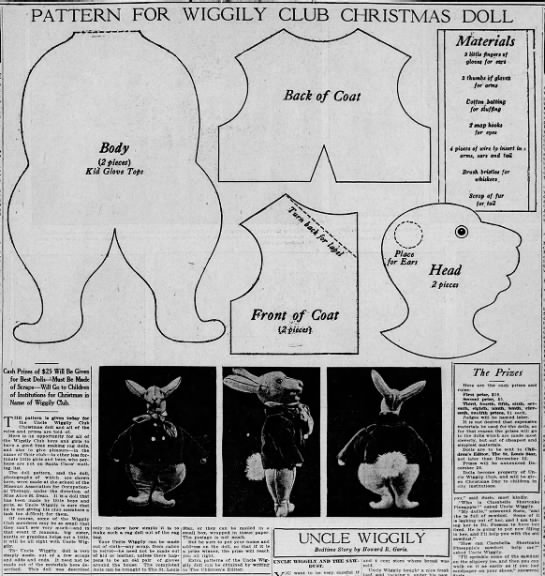I became a Janite in 1978.
At Temple University a professor told our class there were three courses we should not miss and I took them all. Toby Olshin's honors class on Jane Austen was one; it had a huge impact on me as a student and a reader.
In 1978 no one could foresee Jane Austen becoming universally recognized or Darcy taking precedence as our favorite literary romantic hero. Although Pride and Prejudice was early adapted for the stage, it took film to reach a wide audience. Darcy's various film portrayal have eclipsed Austen's original in the public mind. Darcy has become Colin Firth in a wet shirt or Mathew Mcfayden's soulful sensitivity.
 |
| Darcy hands Elizabeth a letter. Regency Redwork, a Pride and Prejudice Storybook quilt by Nancy A. Bekofske |
I was engaged while reading about literary heroes before and after Darcy, including Rochester and Heathcliff.
I had seen many of the various film adaptations she discusses but was getting overwhelmed by the time she came to contemporary novels and spin-offs. I was overloaded. I have not read many of these books, and although she explains each book's plot and such, I was often reduced to skimming the text.
Malcolm has given me a lot to think about and I feel impelled to revisit the novel and the famous film versions with her interpretation in mind.
I was granted access to a free egalley by the publisher through NetGalley. My review is fair and unbiased.
There's Something About Darcy
by Gabrielle Malcolm
Endeavour Quill
Pub Date 11 Nov 2019
ISBN: 9781911445562
PRICE: £9.99 (GBP)
from the publisher:
For some, Colin Firth emerging from a lake in that clinging wet shirt is one of the most iconic moments in television. But what is it about the two-hundred-year-old hero that we so ardently admire and love?
Dr Gabrielle Malcolm examines Jane Austen’s influences in creating Darcy’s potent mix of brooding Gothic hero, aristocratic elitist and romantic Regency man of action. She investigates how he paved the way for later characters like Heathcliff, Rochester and even Dracula, and what his impact has been on popular culture over the past two centuries. For twenty-first century readers the world over have their idea of the ‘perfect’ Darcy in mind when they read the novel and will defend their choice passionately.
In this insightful and entertaining study, every variety of Darcy jostles for attention: vampire Darcy, digital Darcy, Mormon Darcy and gay Darcy. Who does it best and how did a clergyman’s daughter from Hampshire create such an enduring character?
*****
Learn more about Jane Austen:The Jane Austen Center, where I first heard about There's Something About Darcy
https://www.janeausten.co.uk/exhibition/
The Making of Jane Austen by Devoney Looser
https://theliteratequilter.blogspot.com/2017/06/the-making-of-jane-austen-creation-of.html
Jane Austen at Home by Lucy Worsley
https://theliteratequilter.blogspot.com/2017/07/jane-austen-at-home-by-lucy-worsley.html
Jane Austen: The Secret Radical by Helena Kelly
https://theliteratequilter.blogspot.com/2018/02/austen-finishes.html
Simply Austen by Joan Klingel Ray
https://theliteratequilter.blogspot.com/2018/08/simply-austen-concise-and-comprehensive.html
Jane Austen for Kids by Nancy I. Sanders
https://theliteratequilter.blogspot.com/2019/02/jane-austen-for-kids.html
Austen for Kids: Persuasion and Sense and Sensibility
https://theliteratequilter.blogspot.com/2019/05/jane-austen-classics-from-baker-street.html
Jane Austen's Inspiration by Judith Stove
https://theliteratequilter.blogspot.com/2019/08/jane-austens-inspiration-beloved-friend.html
Jane Austen Derivatives and Fan-Fiction:
Mary B by Katherine Chen
https://theliteratequilter.blogspot.com/2018/07/mary-b-plain-bennett-sisters-story.html
Eligible by Curtis Sittenfeld
https://theliteratequilter.blogspot.com/2018/04/curtis-sittenfeld-eligible-and-you.html
Northanger Abbey by Val McDermid
https://theliteratequilter.blogspot.com/2019/06/northanger-abbey-by-val-mcdermit.html
Unmarriageable by Soniah Kamal
https://theliteratequilter.blogspot.com/2019/03/unmarriageable-pride-and-prejudice-in.html
By the Book by Julia Sonneborn
https://theliteratequilter.blogspot.com/2019/08/mini-reviews-by-book-and-man-who.html
The Bridgit Jones series by Helen Fielding, including
Bridgit Jones's Baby
https://theliteratequilter.blogspot.com/2017/04/mini-reviews-family-problems.html
Not yet reviewed is Polite Society by Mahesh Rao
 |
| Polite Society with my Austen Family Album quilt |
Northanger Abbey
https://theliteratequilter.blogspot.com/2018/05/northanger-abbey.html
Persuasion
https://theliteratequilter.blogspot.com/2015/05/anne-eliot-vs-modern-perky-heroine.html
Jane Austen Quilts:
Pride and Prejudice Storybook Quilt
https://theliteratequilter.blogspot.com/2012/02/pride-and-prejudice-story-book-quilt.html
Regency Redwork: a Pride and Prejudice Storybook Quilt
https://theliteratequilter.blogspot.com/2016/11/my-regency-redwork-pattern-is-featured.html
Austen Family Album
https://theliteratequilter.blogspot.com/2018/02/austen-finishes.html
Jane Austen's Quilt Reproduction Pattern from Linda Franz
https://lindafranz.com/shop/jane-austen/2
Jane Austen Quilts Inspired By Her Novels by Karen Gloeggler
https://shop.americanquilter.com/books/ebooks/1427-ebook-jane-austen-s-quilts-inspired-by-her-novels.html


















